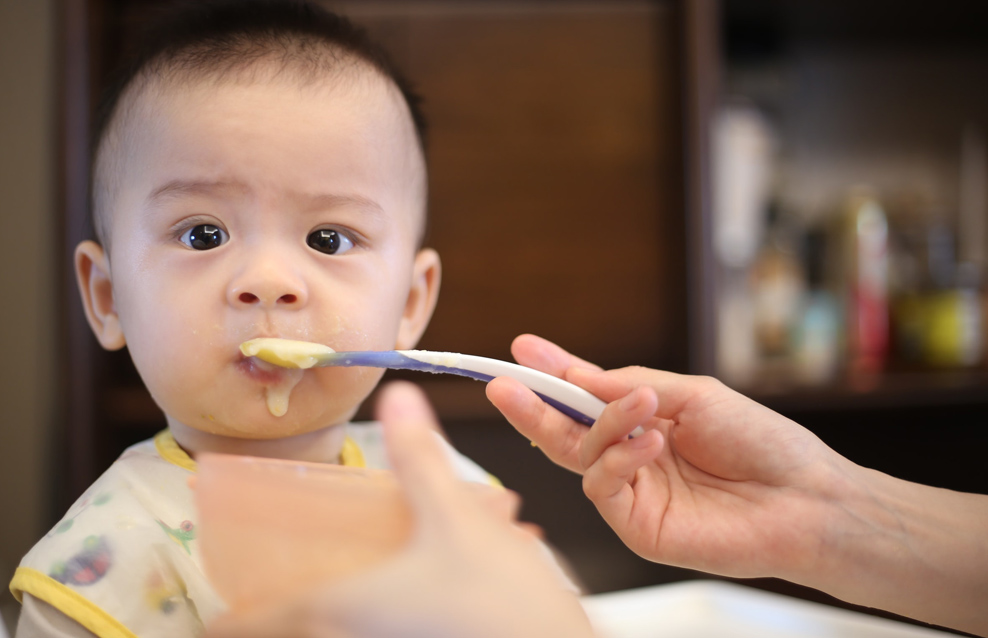When starting to wean little one’s digestive systems can often struggle with constipation, pooing in the night or flare ups in reflux. So, taking weaning slowly and seeing what your baby can manage is important.
Remember those first few weeks after they were born with changes in stools & windy bottoms these can happen again, their digestive systems need to learn and adjust to new foods.
There are some foods which are easier to digest than others so starting with these and seeing what they like and can digest easily is important, then building on blends of tastes and food sources.
I suggest starting with simply veg and fruit and once you have a basis of this then adding in the more complex proteins eg diary / meat & fish.
Simple foods to start with
Fruits should be fully ripe: Banana, Mang, Papaya, Raspberries, Blueberries cut in half, Blackberries cut in half or as a compote,
Vegetables: Pumpkin, Squashes – summer / butternut
Leafy veg – Cabbage, Spinach, Cauliflower, Broccoli, Carrots, Avocados
When you’re ready to start animal produce:
Cow’s milk – full fat in their porridge or as a part of a sauce can also be added to foods to loosen the consistency.
Butter, Plain Greek yogurt, Coconut yogurt, Meat, Chicken, Ground meat – beef / lamb,
Fish (cod or haddock), Salmon, Mackerel, Trout, Tuna
Water
Offering water from a Sippy or open cup with meals is not just good for helping to digest their foods but avoiding constipation.
It’s always a good idea to keep a little record of what you have offered and if that corelates to any reaction. Then once you have a list of single enjoyed and tolerated tastes you can start to blend.
Once you confident with weaning and happy that your baby is enjoying their food then enjoying family meals together , giving them what you eat and enjoy minus the added salt and sugar is wonderful . Try and enjoy the mess , raspberry blowing and feeding the dog – if you have one that weaning brings!
Finger foods are important for little ones and often they prefer to feed themselves, pushing away the spoon , choosing to be in control . you could always give them a spoon with food on to feed themselves while you load another and then swap or dipping there finger foods in you puree so they can suck it of while still benefiting from the textures of the finger foods .
When giving any food to your little one its important to supervise them at all times. If you are apprehensive about finger foods and the risk of choking or gagging then here are the signs…
Gagging
- Gagging is a protective reflex and is NORMAL
- It is commonly seen in babies and young children as they are introduced to new flavours and textures
- You’ll often hear a child gag and you may see a piece of food propel forward in the mouth
Choking
- Choking is silent
- The airway is partially or fully blocked
- All children are at risk of choking, which is why you must always supervise your child at all times when eating.
If you want to learn how to deal with choking visit the NHS website or first aid courses from:
The Red Cross: Baby & Child First Aid App
Hope you find these tips helpful and if you would like 1-2-1 support with your little one’s weaning journey, get in touch.
Sam aka The Baby Guru
Don’t forget to follow on social media for weekly tips and advice on all things sleep, routine and feeding.
Instagram @thebabyguruofficial
Facebook @thebabyguruofficial







Leave A Comment
You must be logged in to post a comment.